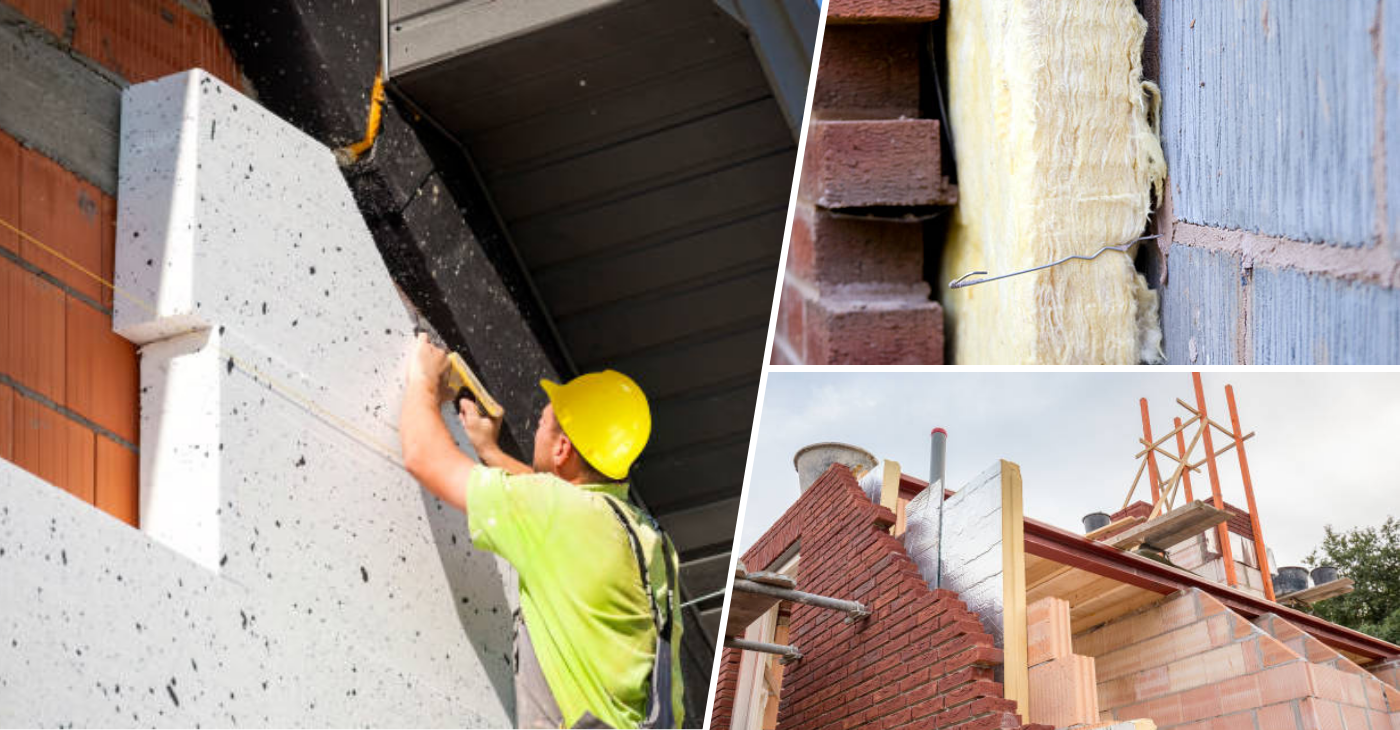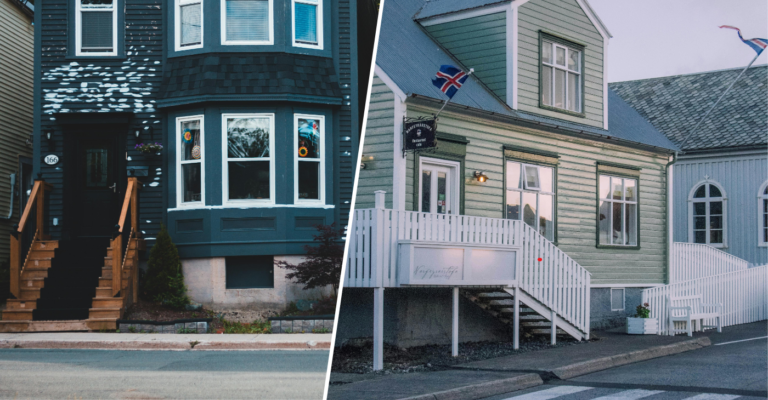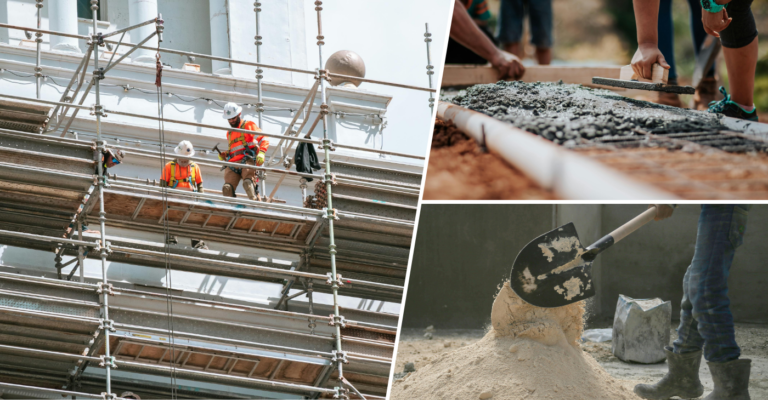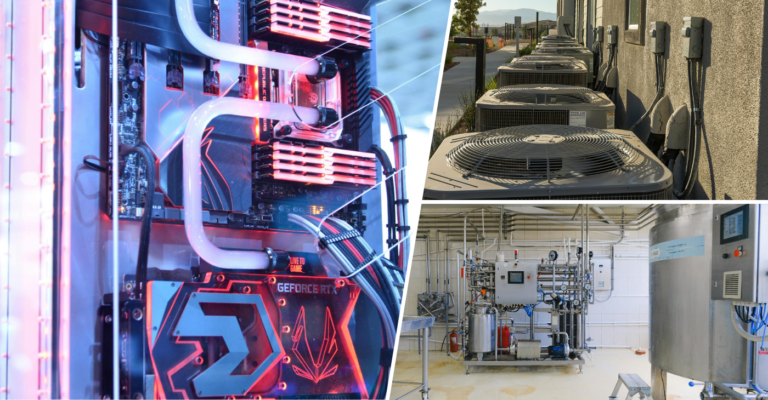How can single brick wall insulation help to keep your home warm?
Understanding single brick walls and their insulation challenges
Single brick walls also known as solid walls. It typically constructed without a cavity between the inner and outer layers. Unlike cavity walls, which have an air gap that can be filled with insulation, single brick walls offer little resistance to heat loss. As a result, homes with single brick walls can become cold and draughty in winter, leading to discomfort and increased heating expenses.
The main challenges associated with single brick walls include:
- High thermal conductivity: Brick is a poor insulator and has high thermal conductivity, meaning it allows heat to pass through easily. Without proper insulation, heat from your home escapes through the walls, leading to colder indoor temperatures. Single brick wall insulation helps maintain a consistent indoor temperature for greater comfort.
- Dampness and condensation: Single brick walls are more prone to dampness and condensation, which can further reduce their insulating properties. Moisture can seep through the walls, making them feel colder and exacerbating heat loss.
- Limited insulation options: Unlike cavity walls, where insulation can be easily added, insulating single brick walls requires more complex solutions. However, effective insulation is possible with the right approach.
Benefits of insulating single brick wall
Before diving into the methods of insulating single brick walls, it’s important to understand the benefits that proper building insulation can bring to your home:
-
Improved thermal comfort
Single brick wall insulation can significantly improve the thermal comfort of your home. With reduced heat loss, your home will stay warmer for longer, providing a cozy living environment even in the coldest months.
-
Energy savings
Single brick wall insulation is essential for improving energy efficiency in older homes. Effective single brick wall insulation can reduce energy consumption. This translates into cost savings on your energy bills, making insulation a wise long-term investment.
-
Reduced carbon footprint
By reducing your energy usage, you also decrease your carbon footprint. Insulating your home contributes to a more sustainable living environment and helps combat climate change.
-
Enhanced property value
A well-insulated home is more attractive to potential buyers. Insulation improvements can increase the value of your property, making it a worthwhile investment.
-
Prevention of dampness and condensation
Proper insulation can help prevent dampness and condensation issues, which can damage your walls and lead to costly repairs. Insulation lowers both heating and cooling costs in homes with single brick walls.

Methods of insulating single brick walls
Single brick wall insulation requires careful consideration of the available methods. The two primary approaches are internal wall insulation and external wall insulation. Each method has its advantages and challenges, depending on your home’s structure and your personal preferences.
-
Internal wall insulation
Internal wall insulation involves adding insulation materials to the inside of your single brick walls. This method is often chosen when external wall insulation is not feasible due to architectural or aesthetic reasons.
- Insulation boards: One of the most common internal insulation methods is the installation of insulation boards. These boards are typically made from rigid foam, such as PIR (polyisocyanurate) or phenolic foam. They are fixed directly to the interior walls and then covered with plasterboard. This method provides good thermal insulation while minimizing the loss of internal space.
- Insulated plasterboard: Another option is insulated plasterboard, which combines plasterboard with an insulating layer. This method is easier to install than separate insulation boards and plasterboard, making it a popular choice for DIY enthusiasts.
- Pros:
- Preserves the external appearance of your home.
- Can be installed room by room, allowing for phased work.
- Relatively cost-effective compared to external insulation.
- Cons:
- Reduces internal room space.
- May require the relocation of electrical outlets, radiators, and other fixtures.
- Risk of thermal bridging if not properly installed, leading to potential cold spots.
-
External wall insulation
External wall insulation involves adding insulation materials to the outside of your single brick walls. This method is more comprehensive and can provide better overall insulation but comes with higher costs and more complex installation.
- Insulation panels: External insulation panels are typically made from materials like EPS (expanded polystyrene), mineral wool, or PIR. These panels are fixed to the exterior walls and then covered with a protective render or cladding. The insulation layer is continuous, which reduces the risk of thermal bridging and provides excellent insulation.
- Render and cladding finishes: Once the insulation panels are in place, they are covered with a render or cladding finish. Renders can be smooth or textured, while cladding can be made from materials like timber, brick slips, or metal. This not only improves the insulation but also enhances the aesthetic appeal of your home.
- Pros:
- Provides superior insulation compared to internal methods.
- Does not reduce internal living space.
- Can improve the external appearance and value of your home.
- Cons:
- Higher cost compared to internal insulation.
- Requires planning permission in some areas, especially for listed buildings.
- More complex installation process, often requiring professional contractors.
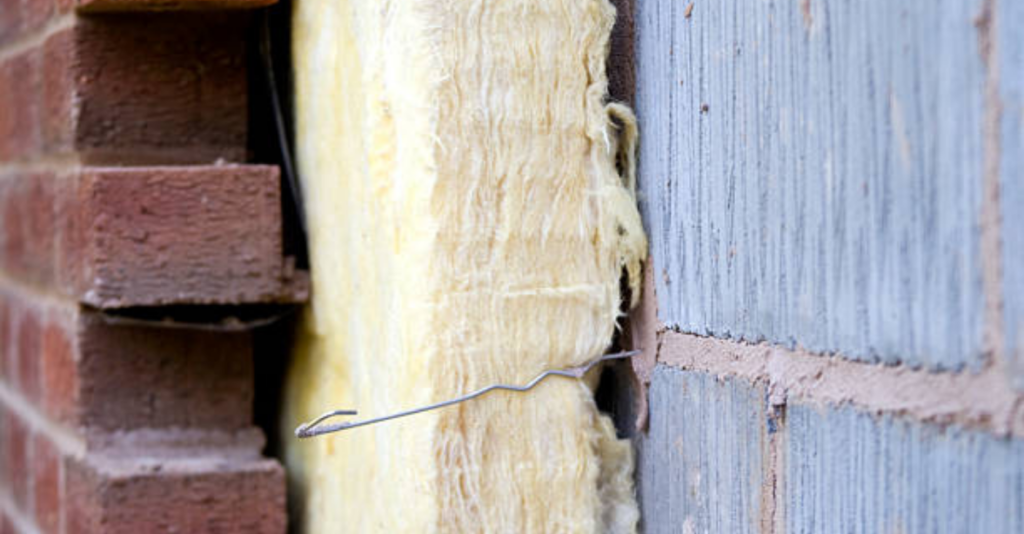
Choosing the right insulation method for your home
Deciding between internal and external insulation depends on various factors, including your budget, the existing condition of your home, and your long-term goals. Here are some considerations to help you make the right choice:
- Budget: Internal insulation is generally more affordable than external insulation. If you’re working with a limited budget, internal insulation may be the better option. However, external insulation, while more expensive, can provide better long-term savings on energy bills.
- Space considerations: If preserving internal space is a priority, external insulation is the way to go. Internal insulation can reduce room sizes, which might not be ideal for smaller homes.
- Aesthetic preferences: External insulation can completely transform the appearance of your home. If you’re looking to improve your home’s curb appeal, external insulation offers more opportunities for customization.
- Long-term goals: If you plan to stay in your home for many years, investing in external insulation may be worth the higher upfront cost due to the long-term benefits in energy savings and comfort. For short-term goals, internal insulation might be more practical.
- Regulatory requirements: Check with your local planning authority to determine if there are any restrictions or requirements for external insulation. Listed buildings or homes in conservation areas may have specific regulations.
Additional tips for improving home insulation
While insulating your single brick walls is a significant step toward keeping your home warm, there are other measures you can take to enhance your home’s overall insulation and energy efficiency:
- Loft insulation: Homes with single brick walls often lack sufficient insulation, leading to heat loss. Since heat rises, a poorly insulated roof can lead to significant energy waste.
- Draught proofing: Seal any gaps around windows, doors, and chimneys to prevent cold air from entering and warm air from escaping. Draught-proofing is a cost-effective way to improve your home’s insulation.
- Double glazing: If your home has single-glazed windows, consider upgrading to double glazing. Double-glazed windows have two layers of glass with an insulating gap between them, reducing heat loss and improving energy efficiency.
- Floor insulation: Insulating the floors, particularly those above unheated spaces like garages or basements, can help maintain a consistent indoor temperature.
- Heating system optimization: Ensure your heating system is efficient and well-maintained. Consider upgrading to a modern, energy-efficient boiler and using programmable thermostats to optimize heating schedules.
Conclusion
Insulating single brick walls is a crucial step in keeping your home warm, comfortable, and energy-efficient. Whether you choose internal or external insulation, the benefits of reduced heat loss, lower energy bills, and improved thermal comfort are well worth the investment. By carefully considering your options and taking additional steps to improve your home’s insulation, you can enjoy a warm and cozy living environment throughout the year while contributing to a more sustainable future.

